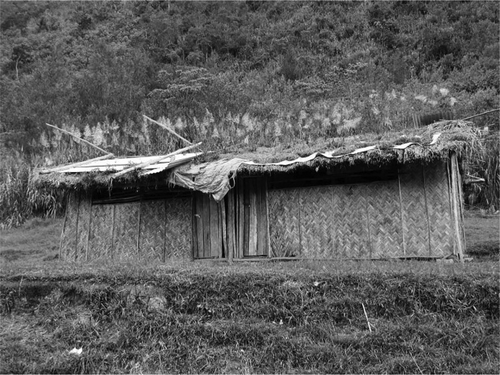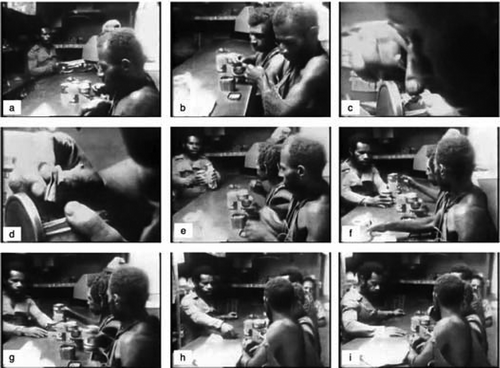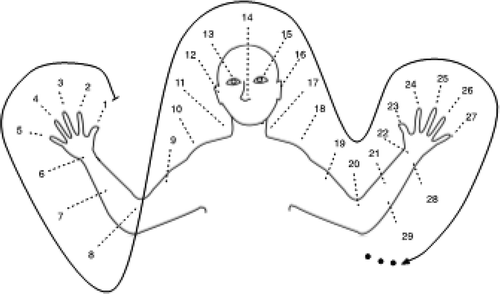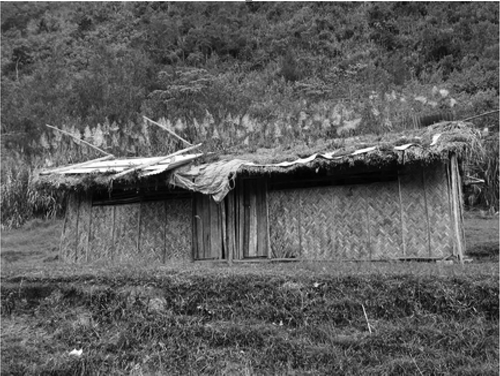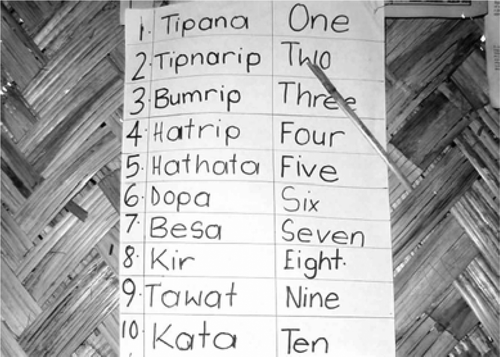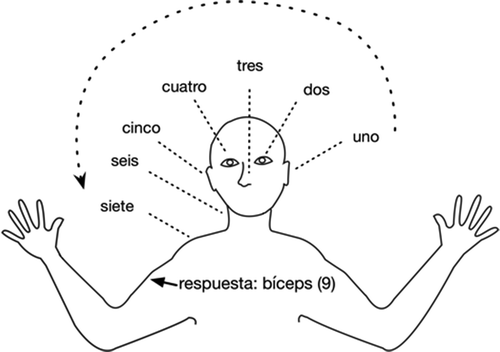Figures & data
Figure 2. Relations between forms and functions (sociogenetic developments in cultural histories) and means and goals (microgenetic constructions in action).
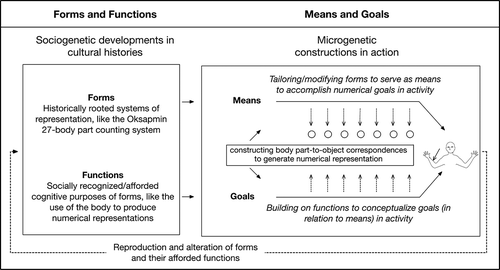
Figure 4. An approach to solving 16–7 = ? in which an individual does not keep track of the subtraction of the second term, forearm (7) from the first, ear (16).
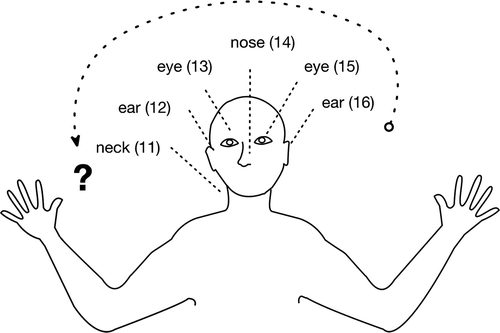
Figure 5. An approach to solving 16–7 = ? in which an individual keeps track of the subtraction by creating one-to-one correspondences internal to the body system, coordinating the subtraction of the forearm (7) from the ear (16).
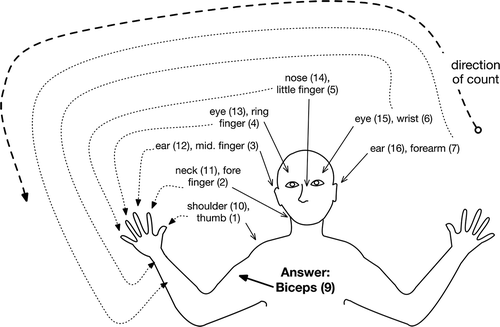
Figure 6. A child using a keeping-track procedure as he creates a one-to-one correspondence between two body-part series (for video record of the child’s solution, see http://www.culturecognition.com/fourth-grader-solving-16-7-body-system/).

Figure 8. Chart posted on wall in each elementary classroom (2001) with corresponding representations of numbers to ten: Hindu-Arabic numerals (left column), body-part names in Oksapmin language (middle column), and English number words (right column).
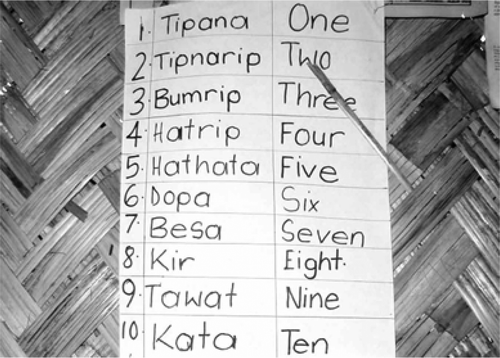
Figure 9. Using English number words and the Oksapmin body form to solve 16–7 = ?. The teacher begins with the ear (16) and counts body parts in reverse order to seven, leaving the solution to the subtraction problem, biceps (9).
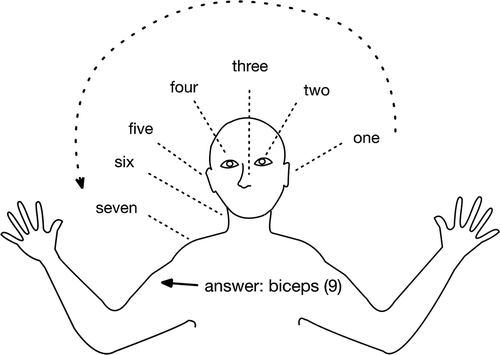
Figura 2. Relaciones entre forma y función (desarrollos sociogenéticos en las historias culturales) y metas y medios (construcciones microgenéticas en acción).
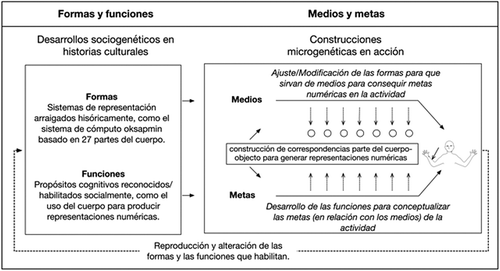
Figura 4. Una aproximación para resolver la operación 16–7 = ¿? en el que el individuo no logra llevar la cuenta de la sustracción del sustraendo, antebrazo (7), del minuendo, oreja (16).
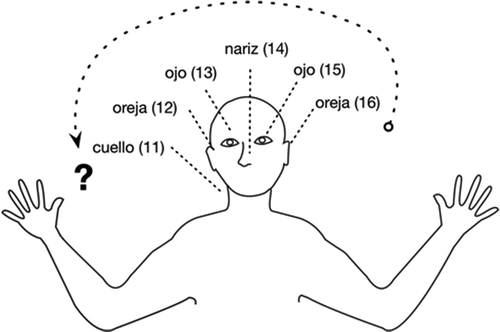
Figura 5. Una aproximación para la resolución del problema 16–7 = ¿? en el que un individuo lleva la cuenta de la sustracción creando correspondencias uno a uno internas al sistema corporal, coordinando y registrando la sustracción del antebrazo (7) de la oreja (16).
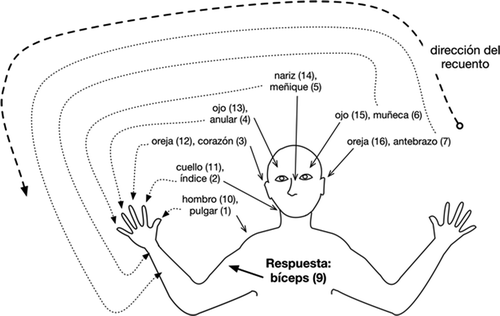
Figura 6. Un niño utiliza una estrategia de seguimiento mientras crea correspondencias uno a uno entre dos series corporales (para acceder a un vídeo de la solución, véase http://www.culturecognition.com/fourth-grader-solving-16-7-body-system/).




